I’ve said before that one of the skills that can be of immense value to the bird photographer (and of interest to birders of every persuasion) is the ability to predict the behavior of your subject and one of those behaviors that can be of most value to predict is take-off. Flight shots are often easiest to get during or just after take-off but even then they’re still a huge challenge. It’s much easier to keep the bird in the frame during the launch process if you can anticipate when it’s about to take off. Camera settings can also be changed at the last second so they are more appropriate for a bird in flight than when it’s perched.
Many raptors (buteos in particular) often give hints when they’re about to launch. Here’s a few signs I’ve learned to watch for:
- defecation
- turning on the perch to face into the breeze
- a raptor at ease will often stand on one foot. When they put that foot down and suddenly look more alert, take-off may be imminent
- crouching down. This posture allows them to more effectively push-off with their legs
- rousing – when a bird lifts its feathers and then shakes them back into place
- stretching
Stretching is one of the easiest to miss, not because we don’t see it but because the behavior makes them look so relaxed that imminent take-off generally doesn’t come to mind. But a raptor that has been perched for a while often needs to stretch its wings in preparation for the strenuous and athletic act of take-off, just as a human athlete stretches before an event. In my experience, a perched raptor that has recently flown is unlikely to stretch just before take-off.
Following are several examples where stretching immediately preceded lift-off to illustrate my point.
1/1600, f/7.1. ISO 500, not baited, set up or called in
I photographed this Swainson’s Hawk perched on a fence post for 16 minutes and during that time it regurgitated two pellets which may have been part of the reason that it was so “sticky”.
1/1600, f/7.1. ISO 500, not baited, set up or called in
Soon after it spewed the pellets it turned on its perch and did a wing-stretch which indicated to me that take-off could be imminent.
1/2000, f/7.1. ISO 500, not baited, set up or called in
It was, but the bird turned slightly away from me and the head is partially shaded.
1/2500, f/5.6. ISO 640, not baited, set up or called in
I found this adult Red-tailed Hawk and its mate perched in their favorite tree and photographed them for seven minutes before this one stretched its wings and then…
1/2500, f/5.6. ISO 640, not baited, set up or called in
took off almost immediately after.
1/1250, f/7.1. ISO 640, 1.4 tc, not baited, set up or called in
I approached this Northern Harrier as it warmed in the sun on a cold winter morning. When it began to stretch I suspected it was about to take off but I was faced with a dilemma. The hawk is perched on the ground at the base of a tall bank of vegetation that allows take-off only in my direction. The problem was that I had my tc (teleconverter) on which meant that I would likely be too close to avoid clipping or cutting off the extended wings. I just knew that if I took the time to remove the tc I’d miss the take-off so I took a chance and left it on.
1/1250, f/7.1. ISO 640, 1.4 tc, not baited, set up or called in
I got lucky and didn’t clip anything but the bird is too tight in the frame for good composition and with that background I can’t realistically add canvas.
I don’t want to leave the impression that the behaviors mentioned at the beginning of this post always precede immediate take-off – they don’t. Each of them can occur when the bird has no intention to launch but there’s a large enough correlation between those behaviors and take-off to be very useful to bird photographers (or anyone else interested in bird behaviors).
Ron
Postscript: I’m curious about something.
1/1000, f/8. ISO 500, 1.4 tc
I’ve noticed that when some birds like this American Avocet stretch their wings vertically they usually fully extend them, with the “wrists” straightened. I’m not sure I’ve ever seen this in a raptor – if I have I don’t recall it. In my experience, when a raptor does a vertical wing stretch it leaves the wrists flexed so the wing is not fully extended, as in the Red-tail and Swainson’s examples above (though when they stretch their wings horizontally or downward the wing is often fully extended).
I’m wondering if my observations are accurate and if they are – why the difference in stretching “styles”?
Any thoughts?


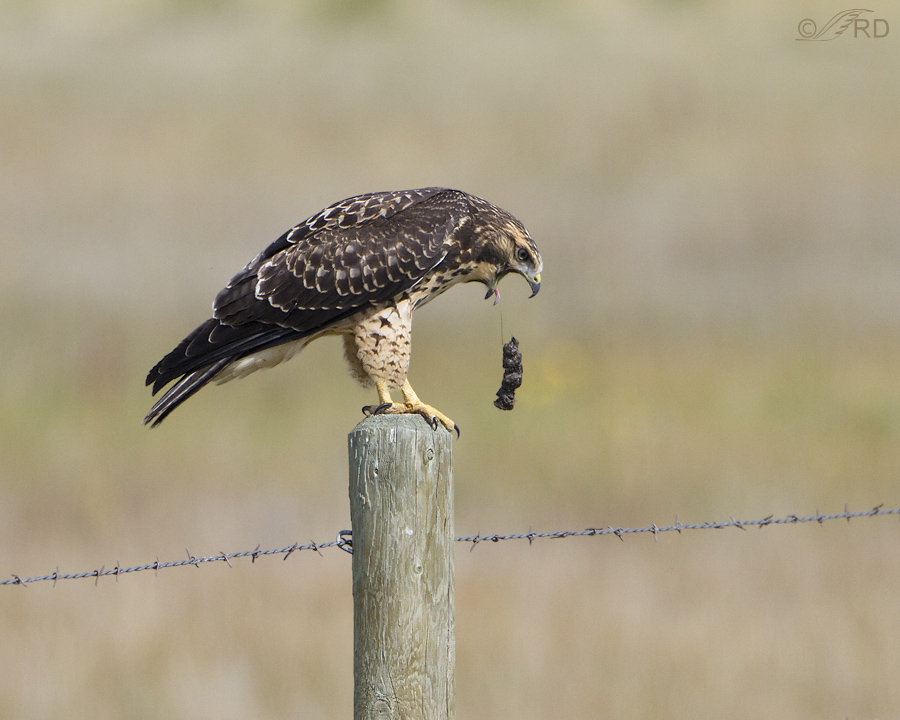
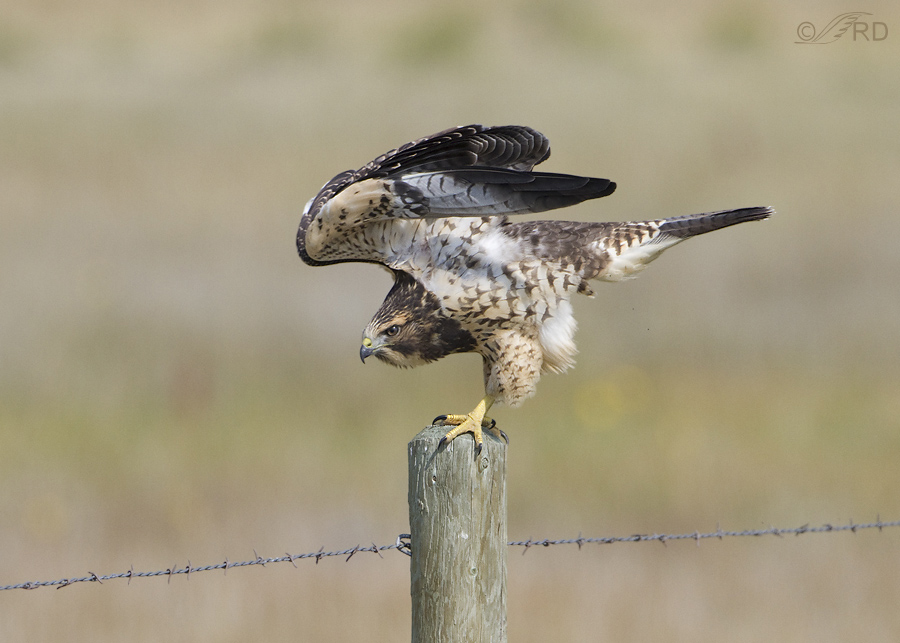
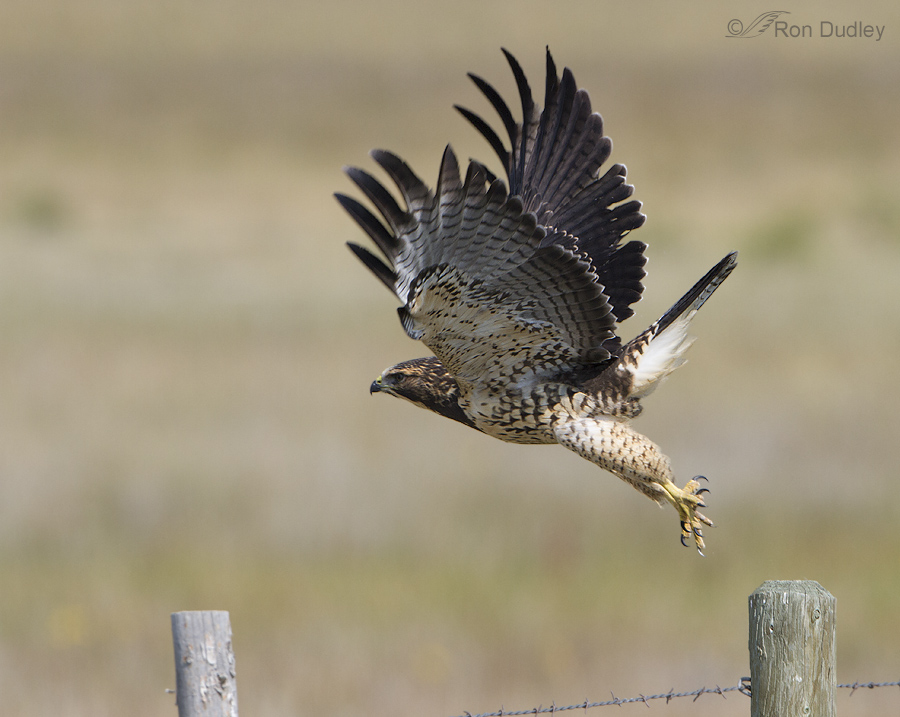
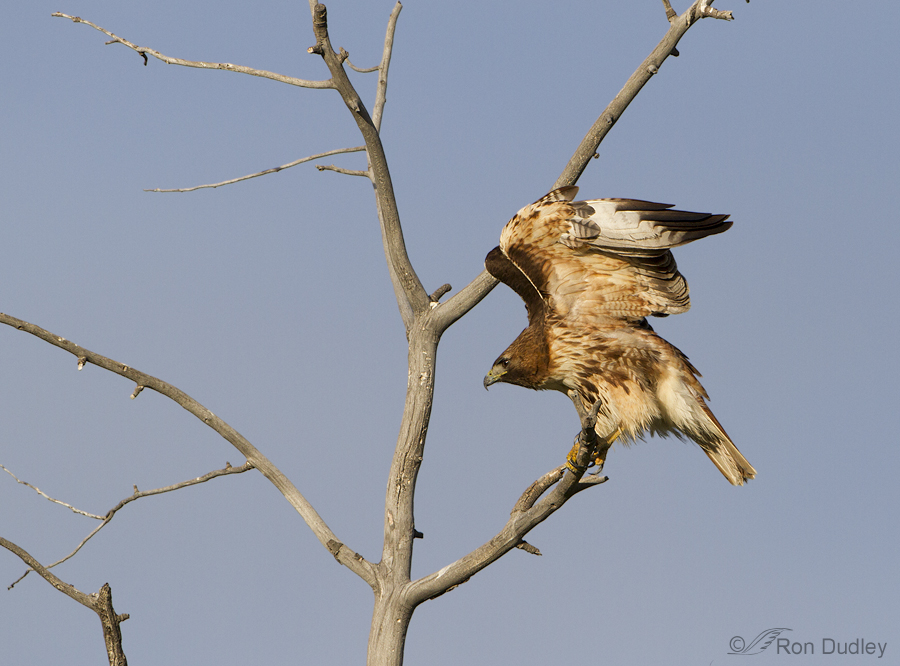
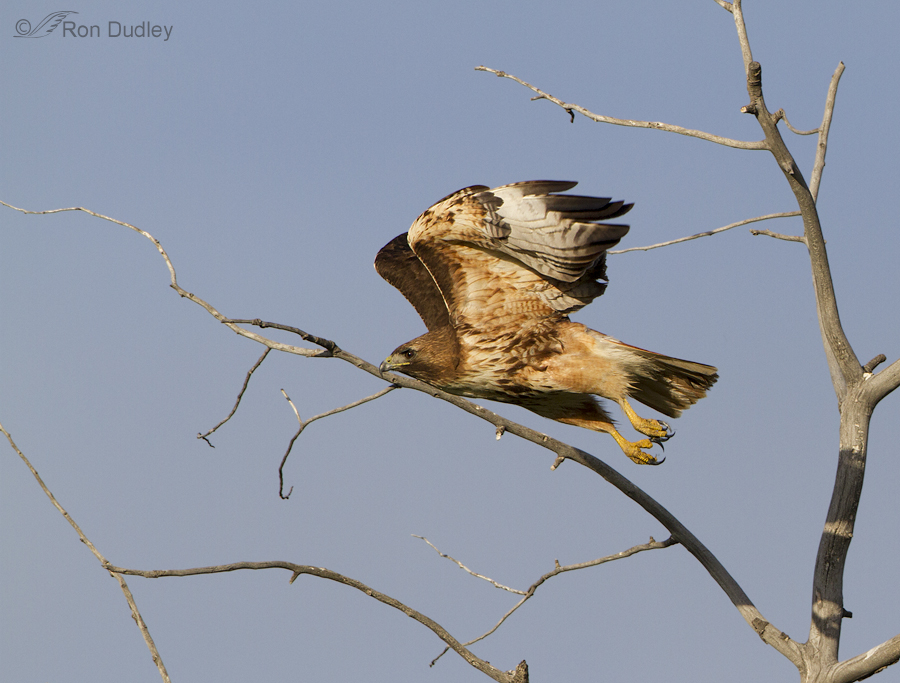
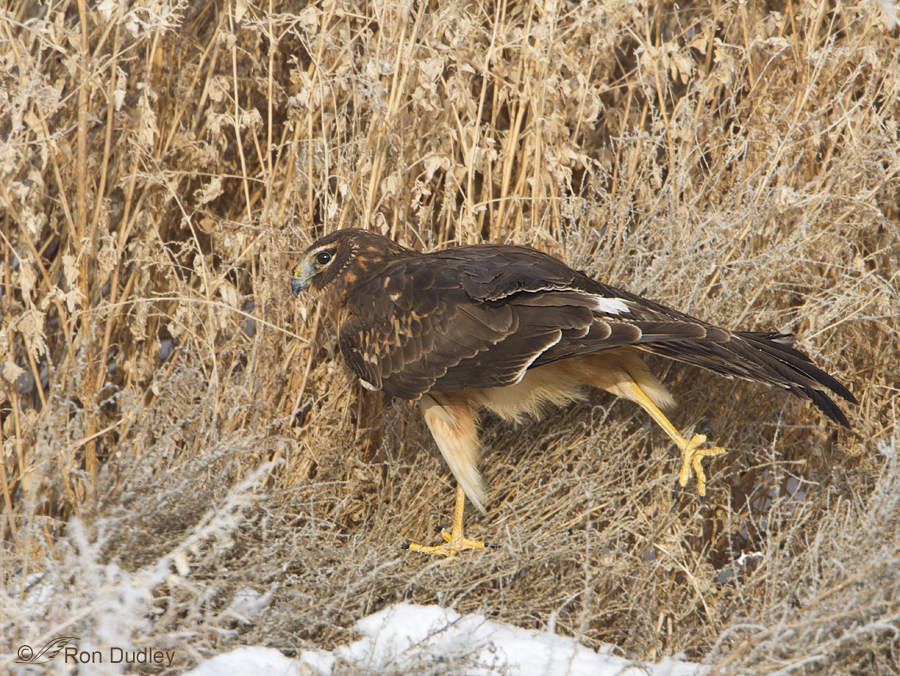
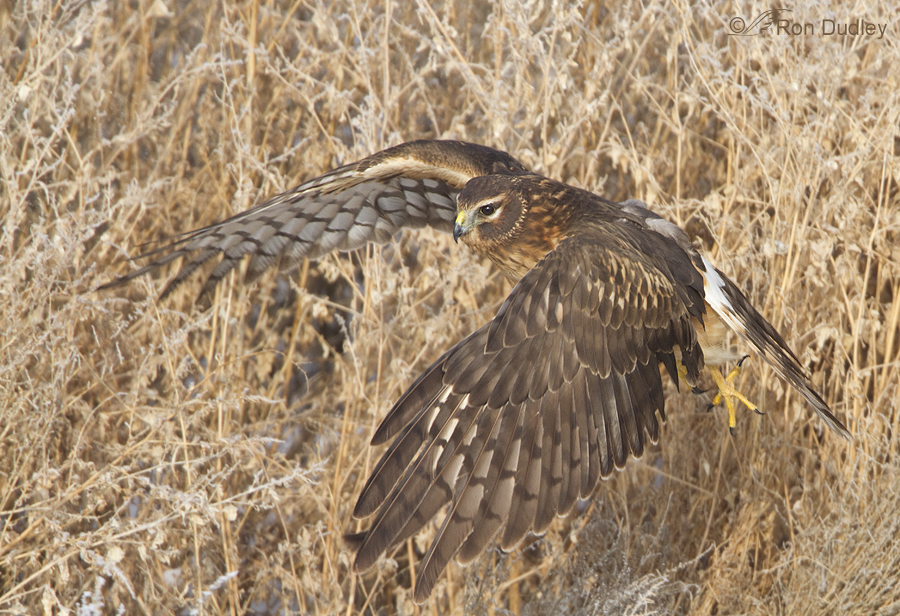
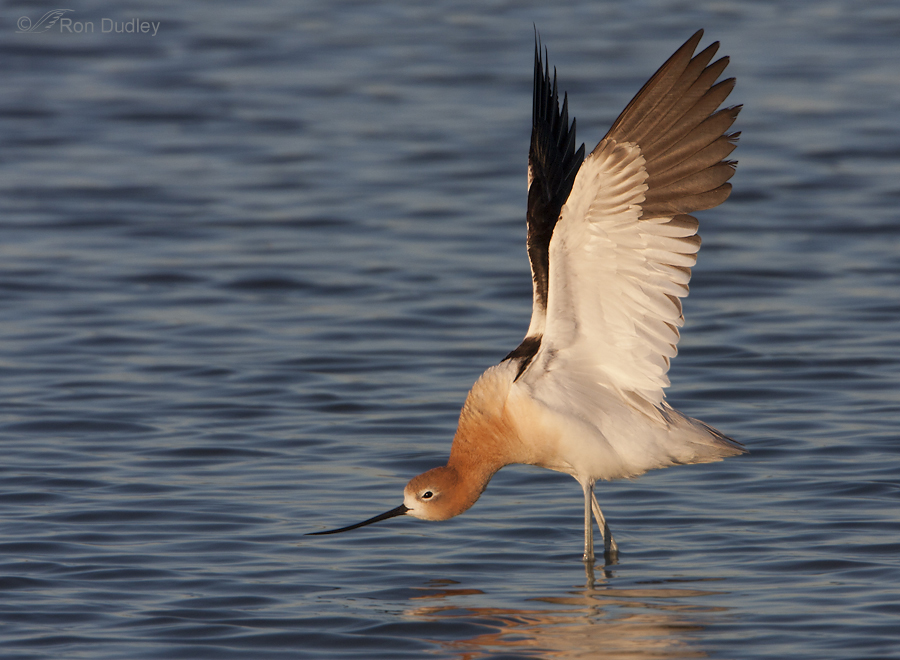
More terrific information in your “continuing education” series! I love coming here as it will never let me fall into the trap of thinking I’m too old to learn something new!
I have no idea as to the stretching question. Of course, now I’ll be on the lookout for stretching birds to add to the data base!
Oh, and I know we have all come to take the quality of your images for granted, but your photographs are spectacular!
Stunning photos, teamed with fascinating information. Megathanks. I wonder (and it is not based on any knowledge) whether they stretch the muscles which are going to be called into play first, or used most frequently.
I suspect they do, Elephant’s Child – called into play “first”, most “frequently” and in addition, most strenuously.
I’ll post some diagrams of raptor anatomy later today. It’s hunting season and I am working 3 Redtails and a Peregrine so I’m not around during the day often.
Ron the terminology us falconers use is often the blending of various languages and generally they make sense when you know the history of the word. Mantle is an area on a bird’s back. Warble I will need to research a bit.
Raptors can position their wings like the Avocet but for some reason it is not done as often as some other bird species seem to.
Bill
I can imagine how busy you must be with three birds during hunting season, Bill.
And I should have known that many of the falconry terms go back in history (and in language), as you mention. Falconry is such an ancient pastime.
Excellent shots as usual Ron, I really enjoy your behavioral outlook and examples.
I think we tend to put too much emphasis on things. Watching humans shows one that there are many different styles of stretching for whatever their reason at the time. I have always thought that birds need to stretch to flex their muscles, shake their feathers or just because it feels good to the individual bird. I have observed nesting Avocet’s in North Dakota, and have seen them stretch vertically as well as horizontally. All birds are working those wing/shoulder muscles all the time, so in my mind it is very natural for them to stretch in any manner that comes to their mind or makes them feel good or that is advantageous. Because a lot of their behavior is instinctual we tend to think that is all there is to it. But, it has been shown that birds pick up on what other individuals are doing and may, in fact, learn a particular stretch because of what they observed. Plus a perceived stretch by a bird might just be getting in the right position relative to the wind and their eventual take off. Just my 2cents.
I guess I just have too much curiosity, Dick. I’d sure like to know why buetos don’t generally (if ever, as I’ve not seen it happen) extend their wings fully when they stretch vertically.
I’d sure like to know why buetos don’t generally (if ever, as I’ve not seen it happen) extend their wings fully when they stretch vertically.
I’ve been reading the comments to this post, and it strikes me as strange that a bird that can have its wings fully extended vertically in flight but not when stretching…? I’m looking forward to seeing what everybody decides. Beautiful photos, as usual.
Me too, Susan. Me too…
Oh Ron! What magnificent shots and wonderful information! Thanks so much for sharing!
Charlotte
Thank you, Charlotte.
First, the photo of the young SWHA casting a pellet is so cool. I love those kinds of photos!
I’ll give some thoughts on the wing stretching. It would be my humble guess that as John mentioned above, it likely has to deal with the raptors inability to stretch its wings vertically. Notice that the avocet has its head lowered dramatically with its wings stretched above. Do you see these two together in other photos? I’m interested in stuff like this as well Ron.
Is the joint we see in the birds wing the anatomical equivalent to the wrist, rather than the elbow? I think considering that along with muscle structure between the birds will help us gain some insight. I think I’ll look into it. Fun stuff Ron. Man I love this blog.
Thanks very much, Bryce.
If that’s the case, I wonder WHY raptors may not have the ability to fully extend their wings vertically…
And yes, you’re right. That joint would be more accurately referred to as the wrist rather than the elbow since the carpals attach to it. I’ll make the appropriate edit to my text.
Falconers call the pellet regurgitation, casting and the stretches have names as well. The double wing up over the back is called a warble and the single wing and leg to one side while balancing on the other leg is a mantle. Not to be confused with mantling, the action of both wings and tail or a single wing and tail fanned out to hide food from a perceived threat. With buteos and most other raptors we call the act of defecation a “slice” because the fecal matter is propelled away from the bird while falcons generally defecate almost straight down.
Bill
Interesting terminology, Bill. I’ve spent time on sites that list and explain falconry terms and they’re quite extensive and somewhat bewildering…
Hi Ron , wonderful series of the Red tail and Harriers ! Might the stretching “styles ” have more to do with anatomical “limitations” of a particular bird’s wing, which will effect it’s behavior and stretching
technique ? Thanks !
Thanks, John. I don’t know if it could be related to anatomy or not. One of the things I wondered is if the stretching style of the avocet is as much a communication thing as it is for stretching muscles. Avocets are usually in groups of their own kind while raptors are not…